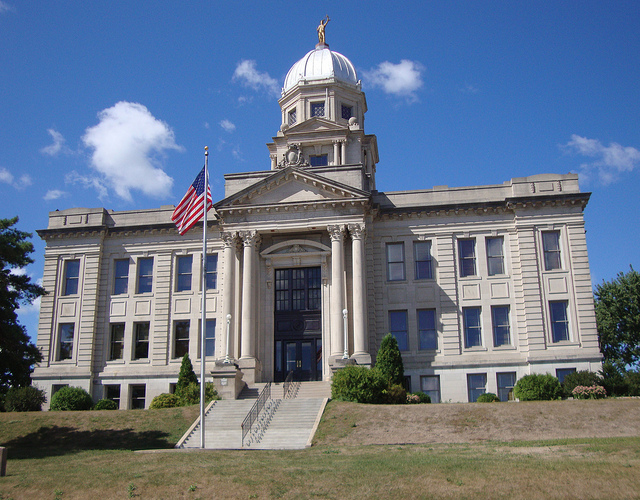It is speculated that trappers and explorers were the first to enter the Jackson area. The early settlers in Jackson were brothers; William, George and Charles Wood of Indiana. They traveled from Mankato and in July of 1856 established a trading post and named the proposed town “Springfield” because there was a spring near the area where they built their cabin. Forty settlers followed that summer of 1856. The greater number were of English and Scottish descent, from Webster City, Iowa. Over a dozen log cabins were built by that fall.The winter of 1856-1857 was one of the most severe ever experienced due to the bitter cold, deep snows and violent storms. Food was scarce because the settlers had come too late to raise a crop or plant gardens. Consequently, all provisions had to be hauled from the nearest settlements of Webster City or Mankato.Several bands of roving Indians visited the settlers that winter. They were always received kindly, the settlers sharing their supplies. One of the bands was a gang led by Inkpaduta, a lawless group, who were enemies of all Indians because of their plundering, robberies and outrages. In March of 1857 after not being extended hospitality at Smithland, Iowa, the group massacred 50 settlers and took four women hostage in the Okoboji and Spirit Lake area before proceeding to Springfield. On March 26, 1857, there were 11 able-bodied men living in the Springfield settlement. Inkpaduta and his band come down from the Heron Lake area by way of Gaboo’s camp. They first attacked the Woods’ store, where, after killing William and George, they replenished their stock of ammunition and proceeded to attack other cabins. A greater number of settlers had gathered at the Thomas cabin and a determined fight was put up. They succeeded in standing off the Indians. For the first time since leaving the Smithland area, the Indians encountered men who were not afraid to fight for their lives. The attempt to wipe out the settlement failed. However, seven settlers were killed and three were wounded. Terrified of another attack, the beleaguered survivors left for Fort Dodge, Iowa.Just two months after the attack, the Minnesota State Legislature made this county a political division, naming it Jackson County, after the first merchant of St. Paul. The town site of Springfield was renamed Jackson and a temporary count seat was created. Resettlement was slow due to settler fears of the Indians.In August of 1862, the Sioux nation went on the warpath. On August 25th, the Belmont community was attacked. 13 settlers were killed and 3 were wounded. Most of the settlers were gathered at one cabin for church that day. Certainly, more would have lost their lives had they been at their homes. This scared the settlers and they packed up and fled to Iowa. For a second time, the county seat was entirely deserted. Determined not to give up, the settlers returned following the Civil War in 1865 and resettled the depopulated Jackson County area. They were followed by many others. A stockade was built on what is presently known as Thomas Hill, manned by the military, to encourage people to settle in the Jackson community. Homes were built from native timber and some from the prairie sod. There were no wagon roads, no bridges, no churches and only one school that served the area. Despite the terrors of living in a country exposed to Indian attacks, prairie fires, severe blizzards and the grasshopper devastation of 1873, these courageous pioneers survived and gave us a heritage that we can cherish and learn from.From the birth of Springfield in July 1856, the pains and suffering of a strong settlement have established a prosperous farm and industrial community known as Jackson.
Gallery
Jackson County, MN

Visit our county page and you will find information about our town and county's points of interest, festivals/events and faith community. You also will find stories about the contributions made by farmers/ranchers located throughout our county and of course you will learn about the community organizations that have built and continue to build strong communities (chambers, community groups, and departments, etc) and much more when you visit the Jackson County, MN page.
